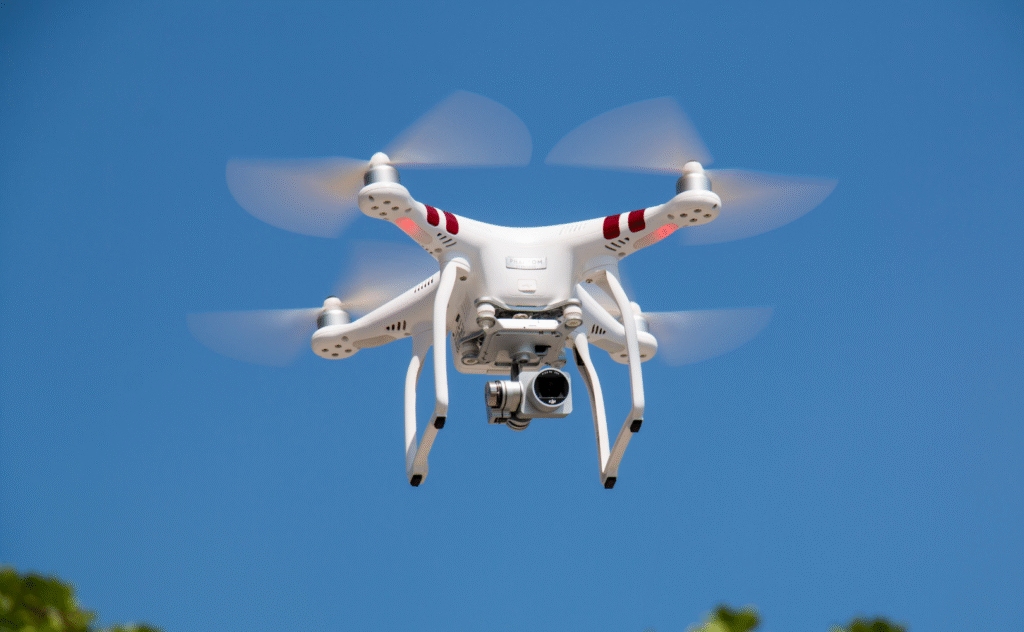

Until the middle of January 2023, drones flying in the UK airspace were only operating on spectrum designated for model aircraft i.e., 35 MHz or Wi-Fi i.e., 2.4 GHz and/or 5.8 GHz under the licence exemption regime by the Office of Communications (Ofcom). These devices have been exempted from requiring the Wireless Telegraphy Act licence. However, in recent years, the increasing demand for various drones’ applications in tandem with the advancement of drone technologies has indicated that the licence exempt devices do not support the requirements for some of the emerging applications. These include:
- Drones flying at higher altitudes;
- New UAS technologies and applications requirements;
- Long ranges;
- Beyond visual line of sight (BVLOS) operations; and
- Limited data capacity.
Due to these limitations and the evolving demand, on 10 June 2022, Ofcom invited a public consultation on the introduction of a new spectrum licence for drone operators, particularly for those looking to fly beyond visual line of sight using mobile or satellite technologies. After considering inputs from the UK Civil Aviation Authority (CAA), Government, stakeholders, and other administrations, Ofcom developed an Unmanned Aircraft Systems (UAS) spectrum licensing framework which was released to the public on 16 December 2022. The new UAS Operator Licence was available for application from the middle of January 2023. The new licence does not impose any changes to the operators holding the licence exemption regime and only wishing to operate at low power spectrum bands.
Characteristics of the new UAS Operator licence include:
- Enables for drones to be operated beyond visual line of sight (BVLOS);
- Authorises a range of equipment that an operator may choose to use or be required to carry by the UK CAA;
- Authorises an operator to use a range of technologies on their drone that are not currently permitted today, including mobile and satellite terminals for control and transmission of data and video; and safety equipment to enable the UAS to avoid collisions and integrate safely into the UK’s airspace;
- Covers all drones a company or individual operates in the UK and territorial waters but does not cover international flights;
- Has an indefinite duration, subject to the payment of an annual licence fee of £75;
- Authorises a range of specific radio equipment that may be needed for future drone operations, including beacons and safety equipment that may be mandated by the UK CAA. The list of equipment will be kept under review and, subject to consultation, will be updated to reflect changes in technology or the overarching air safety framework;
- Permits the use of satellite and mobile technologies while requiring the specific agreement of the network operator(s); and
- No transmission is permitted in the 2.6 GHz band.
It is important to note that, in addition to a licence to use radio equipment, operators will continue to need to adhere to any air safety requirements regarding the operation of their drones set by the UK CAA.
For further information on the UAS Operator Licence, kindly reach out to Dr. Bush Ali at [email protected]
